You can’t celebrate spring without a delicious slice of vegan lemon pound cake. This cake is seriously the best, it's lemony, moist, and has a velvety crumb. It's better than any store-bought pound cake you'll ever get.

This vegan lemon pound cake is a great lemon dessert for those who love a bright citrus flavor. It has the perfect balance of sweet and tart. Drizzle it with some lemon icing, and you’ll be wanting more! Spring is right around the corner, and this cake is a great way to celebrate the new season.
Try my Ube Marble Cake for a Filipino variation, but if you’re looking for more lemon treats, try my Lemon Crinkle Cookies!
✨Why You’ll Love This Recipe
- You’ll learn some new techniques for making an amazing dessert recipe.
- It has a ton of lemon flavor, and tastes way better than store-bought!
- It’s a quick and easy recipe and will be ready to bake in 15 minutes.

✏️Ingredient Notes
- Soy milk – Soy milk has the most protein of all the non-dairy alternatives, so for baking projects that need a lot of structure (like cakes and bread), this is the best dairy-free option.
- Vegetable oil – Compared to butter, oil makes the cake moist and has a tender crumb.
- Lemon Extract - While I do use lemon zest and juice, adding lemon extract boosts the flavor of lemon in this recipe. The lemon extract also has a stronger lemon flavor without adding more acidity to the recipe.
See the recipe card below for a full list of ingredients and measurements.
📝Substitutions & Variations
- Make this a lemon and poppy seed pound cake by adding poppy seeds!
This recipe has not been tested with other substitutions or variations. If you replace or add any ingredients, please let us know how it turned out in the comments below!
🍴How to Make Recipe
Top Tip: Use a food scale to weigh out the ingredients. That way, you'll only need one or two bowls, and you won't have to wash a bunch of measuring cups!

Step 1: Combine non-dairy milk, fresh lemon juice, vanilla extract, and lemon extract in a small bowl. This will be your equivalent of a buttermilk.

Step 2: Next, whisk together all the dry ingredients, all-purpose flour, salt, baking powder, and baking soda.

Step 3: Then, add the granulated sugar and lemon zest to a large bowl. Use your fingers to rub the zest into the sugar. This helps release the oils from the zest and helps boost the lemon flavor.
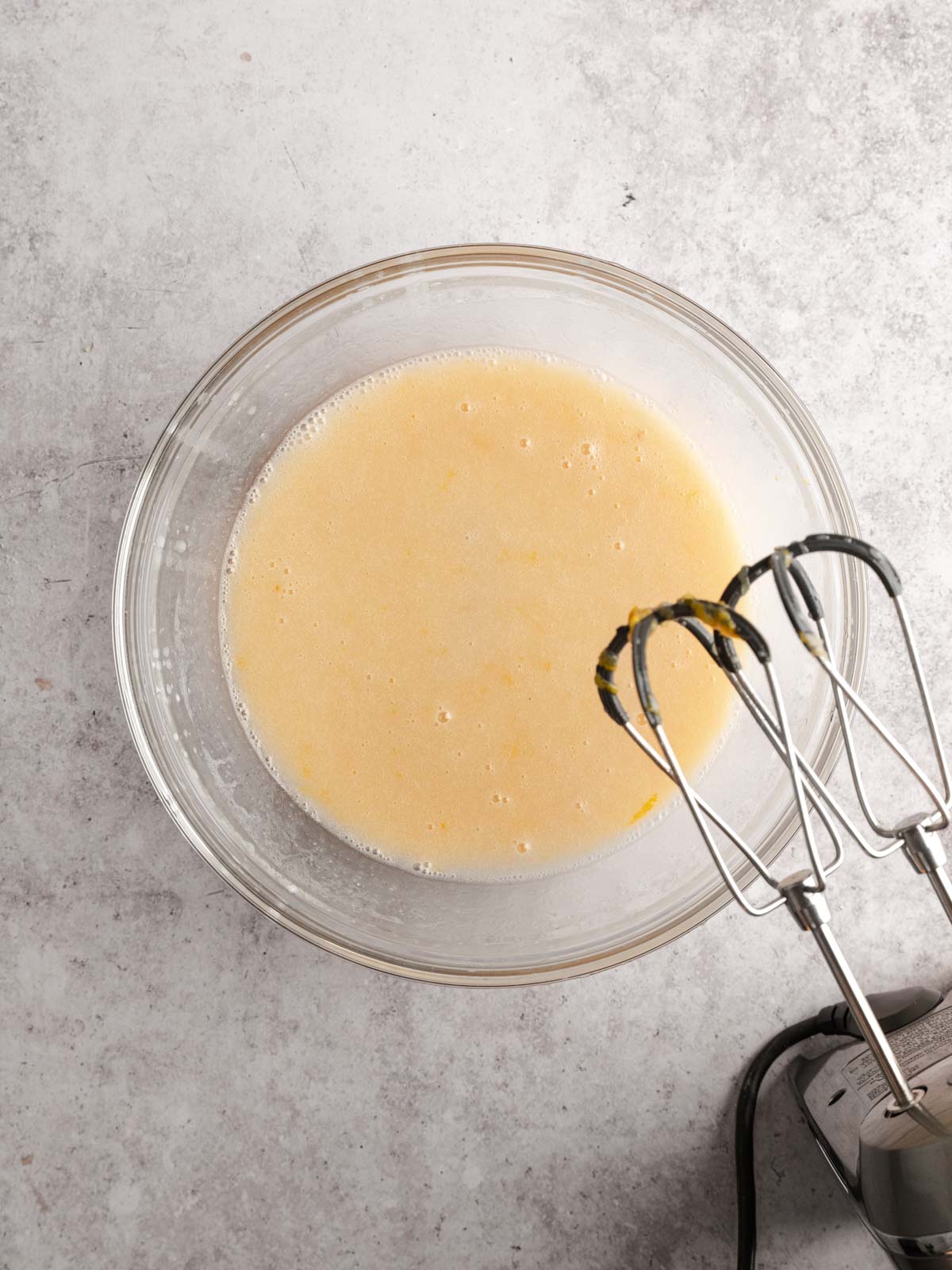
Step 4: Add neutral oil and the milk mixture to the bowl. Use a hand mixer to combine everything until the sugar has dissolved.

Step 5: To the bowl, add a third of the dry ingredients. Mix on low until there is no dry flour left. Add half of the dry ingredients, and mix. Then add in the remaining dry ingredients and continue to mix until you get a fairly smooth batter.

Step 6: Pour the batter into the prepared loaf pan and smooth out the surface. Bake the pound cake for 55-60 minutes or until an inserted toothpick comes out with a few crumbs.

Step 7: Lastly, combine the powdered sugar and lemon juice until it forms a thick icing.

Step 8: Pour the glaze over the cooled lemon pound cake and spread it around the top evenly. Allow the glaze to harden completely before serving!

⭐Expert Baking Tips
- Line the loaf pan with a parchment paper sling. It means to have your parchment paper long enough to line the inside of the loaf pan and hang over the sides of the pan. These will act as "handles" when you are ready to remove them from the pan!
- Wash your lemons before you start zesting. Unless you’re buying organic or farm fresh, you might want to get the chemicals off your produce before you use them for baking.
💭Common Questions
I haven’t tried it myself, so I can’t say how it will turn out. But you can try using the 1-to-1 gluten-free all-purpose flour.
Use an aluminum loaf pan. I wouldn’t recommend using a glass baking dish as they take longer to conduct heat. This can result in an uneven bake.
Insert a wooden skewer in the center of the loaf cake, if it comes out clean, it’s done! It’ll also continue to bake in the hot pan as it cools.
A general rule is to cool the cake or any baked good completely before glazing or icing. If not, the glaze will either be absorbed into the cake or it’ll melt off completely.

🥣Storage & Reheating
- Storing
Store this cake in an airtight container in the fridge for up to 4 days. - Freezing
- Place the cooled cake, unglazed, in a freezer-safe container. Store in the freezer for up to 2 months.
Did you try this recipe? Please leave a 5-star ⭐️ rating and comment below! Tag @flouredframe on Instagram & Facebook!
📖 Recipe

Vegan Lemon Pound Cake
Equipment
- Measuring spoons
- Parchment Paper
- Mixing bowls
- Spatula
- Wire cooling rack
Ingredients
- 250 grams All-purpose flour
- 1 teaspoon Salt
- 1 teaspoon Baking powder
- ½ teaspoon Baking soda
- Zest of 2 lemons
- 200 grams Granulated sugar
- 240 grams Non-dairy milk (luke warm, I used soy)
- 2 teaspoons Fresh lemon juice
- 1 teaspoon Vanilla extract
- 2 teaspoons Lemon extract
- 100 grams Neutral oil (I used vegetable)
Lemon Glaze
- 150 grams Powdered sugar
- 2-3 tablespoons Fresh lemon juice
- Extra zest for topping (optional)
Instructions
- Combine non-dairy milk, fresh lemon juice, vanilla extract, and lemon extract in a small bowl. Next, whisk together all the dry ingredients, all-purpose flour, salt, baking powder, and baking soda. Set aside until ready to use.
- Then, add the granulated sugar and lemon zest to a large bowl. Use your fingers to rub the zest into the sugar. This helps release the oils from the zest and helps boost the lemon flavor. Add the neutral oil and milk mixture. Use a hand mixer to combine everything until the sugar has dissolved.
- To the bowl, add a third of the dry ingredients. Mix on low until there is no dry flour left. Add half of the dry ingredients, and mix. Then add in the remaining dry ingredients and continue to mix until you get a fairly smooth batter.
- Pour the batter into the prepared loaf pan and smooth out the surface. Bake the pound cake for 55-60 minutes or until an inserted toothpick comes out with a few crumbs.
- Bake the pound cake for 55-60 minutes or until an inserted toothpick comes out with a few crumbs.
- Lastly, combine the powdered sugar and lemon juice until it forms a thick icing. Pour the glaze over the cooled lemon pound cake and spread it around the top evenly. Allow the glaze to harden completely before serving!
Notes
- If you’re measuring by cups, avoid scooping the measuring cup directly into the flour. This tends to pack the flour into the cup, resulting in too much flour and a very dense or gummy finished product. Instead, aerate your flour (fluff it with a fork or spoon) and then spoon it into your measuring cups, leveling it with your finger or the back of a butter knife. Keep in mind though, that this method is not guaranteed to be accurate.
- Why do you use soy milk for baking? Soy milk has the most protein of all the non-dairy alternatives, so for baking projects that need a lot of structure (like cakes and bread), this is the best dairy-free option.
- Storing: Store this cake in an airtight container in the fridge for up to 4 days.
- Freezing: Place the cooled cake, unglazed, in a freezer-safe container. Store in the freezer for up to 2 months.

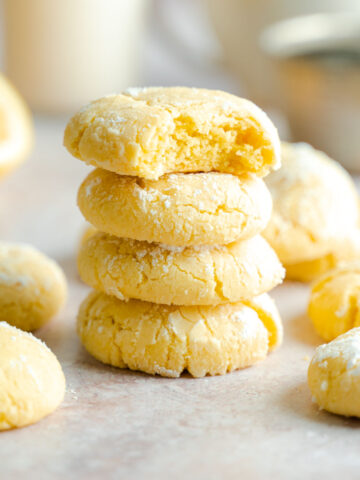
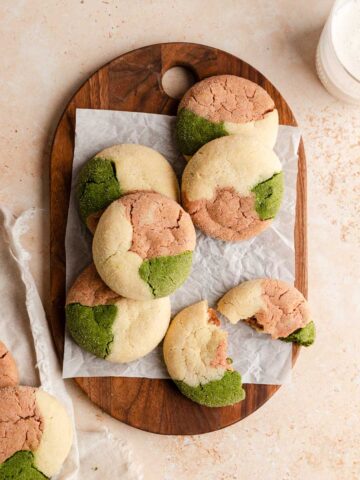
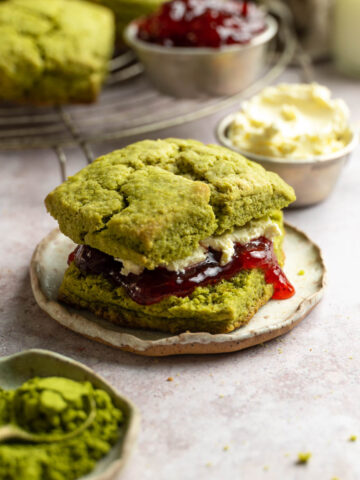
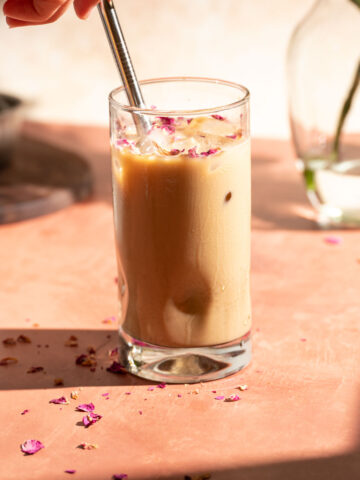
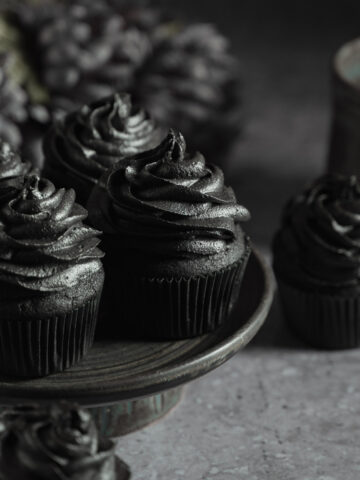
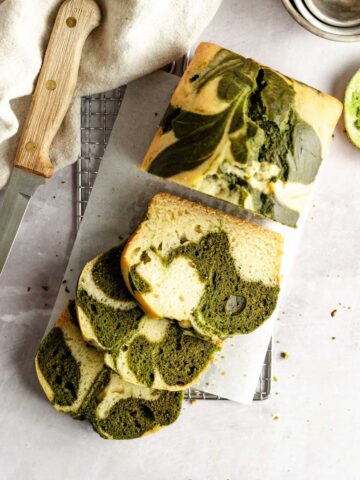

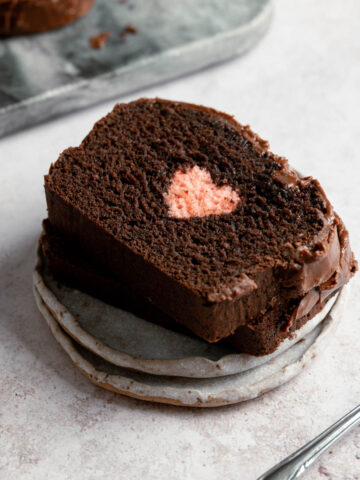
Leave a Reply